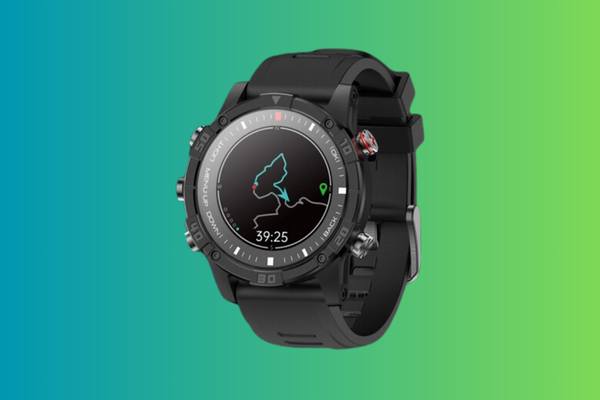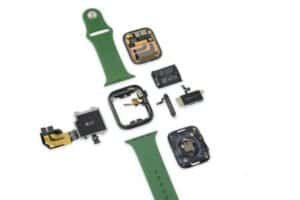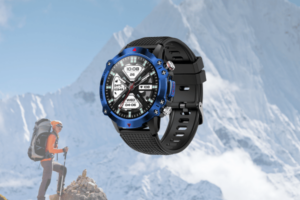In today’s fast-paced and competitive marketplace, sourcing the right products for your brand is essential. As a CEO or large company buyer, finding high-quality custom GPS sports watches that meet your needs can be challenging. But with the right OEM (Original Equipment Manufacturer) and ODM (Original Design Manufacturer) partners, you can create watches that not only align with your brand but also enhance your customers’ experience. Here’s how custom GPS sports watches, like the Model 7 and INRACER 7, can help your business stand out.
Custom GPS Sports Watches Offer Unmatched Flexibility
Custom GPS sports watches provide an exceptional blend of performance, style, and customizability. The Model 7, for example, is designed to withstand extreme conditions, making it ideal for activities like mountaineering, cross-country skiing, and marathon running. Whether you’re targeting fitness enthusiasts or athletes, these watches offer advanced features such as solar power, multi-sport modes (19+ modes), and GPS tracking to cater to a wide range of users.
OEM and ODM services allow your business to either rebrand existing products or fully customize the design and functionality of your watches. This means you can integrate your logo, unique features, and more, making the watch truly yours.
How Do OEM & ODM Work for GPS Sports Watches?
- OEM (Original Equipment Manufacturer): OEM allows businesses to purchase pre-designed watches and rebrand them with their logo and custom packaging. This is a cost-effective solution when you need a high-quality product quickly.
- ODM (Original Design Manufacturer): ODM offers full customization, meaning you can alter the design, features, and even the hardware to match your business’s needs. Whether it’s changing the watch’s user interface or integrating additional functionalities like heart rate monitoring or solar charging, ODM gives you more control over the final product.
What Should I Consider When Sourcing Custom GPS Sports Watches for My Business?
When sourcing GPS sports watches for your business, it’s crucial to prioritize:
- Quality Control: Ensure the product meets global standards for durability, water resistance, and reliability.
- Certifications: Watches like the Model 7 come with certifications for GPS, GLONASS, Galileo, and QZSS, ensuring that they offer accurate tracking in different terrains.
- Supplier Reliability: Look for suppliers with proven track records like IWOSmartWatch, known for delivering high-quality products to clients such as Panasonic, Marvel, and Realme.
- Logistics and Timely Delivery: Ensure that your supplier can meet your deadlines to avoid missing peak sales seasons.
Why Choose GPS Sports Watches for Your Business?
Custom GPS sports watches are ideal for businesses seeking to offer unique, branded products that appeal to consumers interested in fitness and outdoor activities. Features such as real-time tracking, heart rate monitoring, and multi-sport tracking make them highly attractive to athletes, fitness enthusiasts, and corporate wellness programs. Watches like the Model 7 also offer long battery life (up to 4 months) and rugged designs that can withstand harsh conditions.
How to Find Reliable Suppliers for Custom GPS Sports Watches?
Finding the right supplier can be tricky, but you can start by attending trade shows, using trusted platforms like Alibaba, and conducting thorough research on suppliers. Companies like IWOSmartWatch offer proven solutions for B2B clients looking for high-quality, customizable GPS sports watches. Additionally, relying on experienced senior sales professionals can ensure you get the right solutions promptly and without unnecessary delays.
Summary:
In conclusion, custom GPS sports watches are the perfect solution for businesses aiming to provide high-performance, branded products. With OEM and ODM services, you can create watches that cater to your brand’s unique needs while delivering top-quality products to your customers. With reliable suppliers and advanced features, your business can stand out in the competitive smartwatch market.









